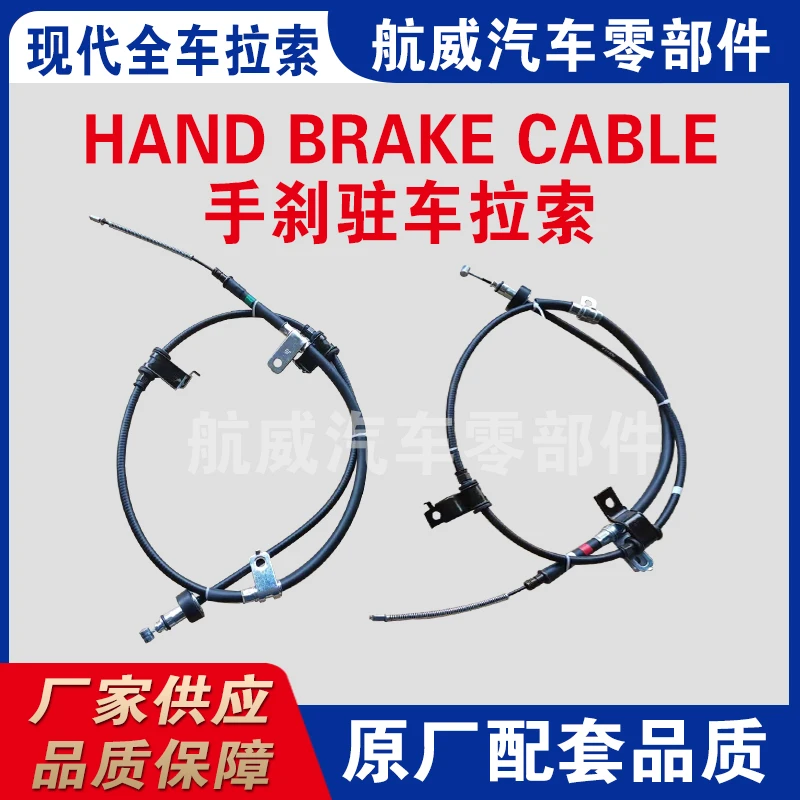gas pedal and cable
The Gas Pedal and Cable An Indispensable Duo in Automotive Mechanics
When it comes to the function and efficiency of vehicles, the gas pedal and its accompanying cable play an instrumental role. Although they are often taken for granted, these components serve as the vital link between a driver's intention and the car's response. Understanding the importance of the gas pedal and cable can enhance one's appreciation for automotive mechanics and driving experience.
The Gas Pedal A Driver's Touchpoint
The gas pedal, located on the floor of the driver's compartment, is an essential control in any vehicle. It allows the driver to regulate the engine's power output by controlling the air and fuel mixture that enters the combustion chamber. Pressing down on the gas pedal signals the engine to provide more power, accelerating the car as needed.
Modern vehicles often feature a drive-by-wire system, which replaces the traditional mechanical connection between the gas pedal and the engine with electronic sensors and actuators. However, regardless of the technology employed, the gas pedal remains a crucial element that allows drivers to make quick and precise adjustments to speed.
The Role of the Cable
In traditional vehicles, the gas pedal is connected to the engine's throttle via a cable. This cable operates on a simple principle when the driver presses the gas pedal, the cable pulls the throttle open, allowing more air and fuel into the engine. In many ways, this cable serves as a physical embodiment of the driver's intention—translating a foot's motion into a tangible response from the engine.
The gas cable is generally made of a sturdy material, capable of withstanding tension and wear over time. The intricate balance of elasticity and resistance in the cable is crucial for providing a responsive and immediate connection between the driver's action and the vehicle’s performance. Any fraying, snapping, or excessive slack in the cable can lead to performance issues, making regular maintenance important for safety and reliability.
gas pedal and cable

The Transition to Electric
As the automotive industry continues to advance, many manufacturers are shifting towards fully electronic systems for throttle control. These innovations eliminate the need for a physical cable, using sensors and actuators to communicate vehicle speed and power output electronically. While this transition offers several advantages, including lighter components and greater design flexibility, it also introduces new complexities—such as reliance on software and potential vulnerabilities to electronic failures.
The gas pedal and cable remain significant for understanding traditional vehicle functionality, serving as a tangible connection between driver and machine. For enthusiasts and mechanics, there is a certain satisfaction in recognizing the mechanical principles at play in older models, where physical interaction with components is clear and direct.
Maintaining the Connection
Regular maintenance of the gas pedal and cable can enhance the driving experience and prevent potential issues. Drivers should be vigilant for signs of wear—such as stiffness in the pedal or unusual noises when accelerating. Inspecting the cable for fraying or corrosion is also essential, as it directly influences the vehicle's performance. Keeping these components in good working order ensures a responsive throttle and a safe driving experience.
Conclusion
The gas pedal and its cable are essential components that reflect the relationship between man and machine. Whether in a classic car with a traditional throttle cable or a modern vehicle utilizing electronic controls, the fundamental principles remain; a driver’s input must be translated accurately into vehicle performance. As technology evolves, the driving experience may change, but the essence of how we interact with our vehicles will always retain the importance of the gas pedal and its mechanisms. Understanding this duo enhances not only our appreciation for vehicle design but also the craftsmanship that goes into creating reliable and responsive automobiles.
-
Workings of Clutch Pipe and Hose SystemsNewsJun.04,2025
-
The Inner Workings of Hand Brake Cable SystemsNewsJun.04,2025
-
The Secrets of Throttle and Accelerator CablesNewsJun.04,2025
-
The Hidden Lifeline of Your Transmission Gear Shift CablesNewsJun.04,2025
-
Demystifying Gear Cables and Shift LinkagesNewsJun.04,2025
-
Decoding Clutch Line Systems A Comprehensive GuideNewsJun.04,2025
